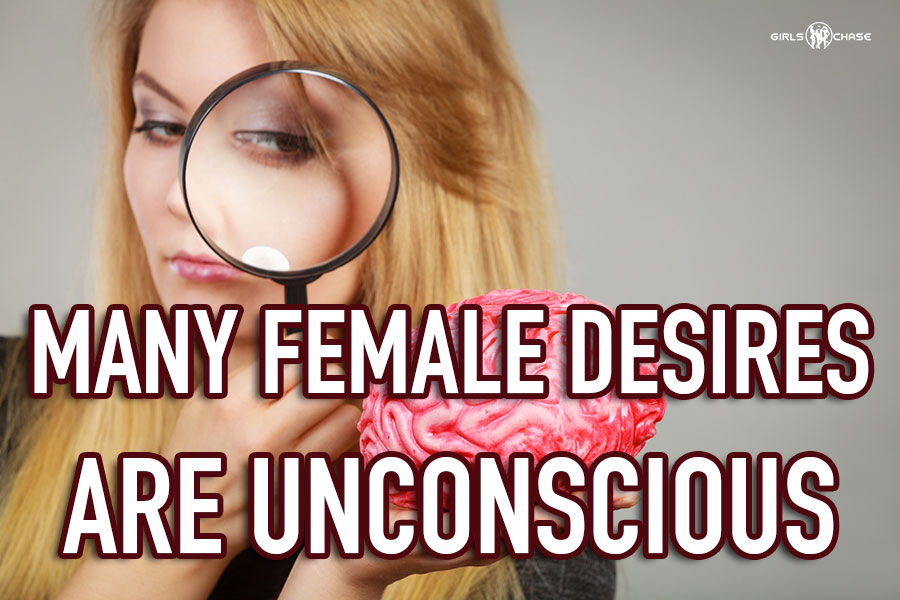
What women say they want and what they actually choose often
doesn’t line up. Why is so much of what women really want unconscious?
One of the most challenging aspects of psychological science is how
often people say they want one thing, only to choose something else.
I saw this routinely back in my tire salesman days. A customer would come in and say he wanted the cheapest set of tires we had. I’d ask him about what he wanted his driving experience to be like; I’d discover he wanted great road traction and a comfortable ride; and he’d proceed to purchase a premium set of tires with excellent traction and ride comfort instead.
Contents
This “what you say you want vs. what you actually want” issue manifests in all sorts of ways in psychological science, too. Paul Eastwick and Eli Finkel’s 2008 speed dating study “Do people know what they initially desire in a romantic partner?” found no matter how strong someone insisted a preference was (e.g., “I will only date a girl if she is beautiful” “I won’t date a guy unless he makes a lot of money”), that person was no more likely to pick someone who matched the preference in a live event than average.
In his chapter in The Adapted Mind: Evolutionary Psychology
and the Generation of Culture, on how women evaluate mate
prospects, Bruce J. Ellis unfurls a host of items on how women select
their mates. One of the most important things Ellis talks about,
though, is some of the paradoxes in mate selection. For instance, much
research finds women are drawn to men who are socially dominant:
men who dominate their social environments. These men tend to be
cooler, more aloof, and more detached. Yet a lot of other research
finds women are drawn to men who are warm, personal, and caring. How do
those two connect?
We’ll talk about Ellis’s solutions to the warmth-dominance paradox below. But first we need to pose a question: do people actually know what they want?









SHOW COMMENTS (12)